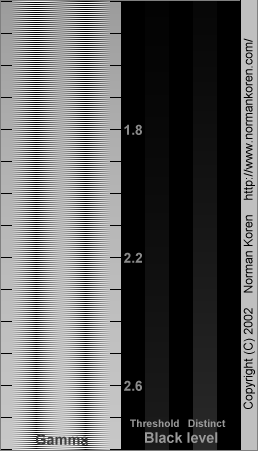

This image was destroyed in a darkroom accident when chemistry was splashed on it. Images can be easily and perfectly retouched and repaired, something that could never be done without a lot of work on film. The first distinction is the malleability of a digital file. I personally see that in many ways a digital file is far superior than film, especially since resolution has caught up. There is a nostalgia about shooting with film, with many espousing its virtues and superiority over digital capture. I’ve encountered many people who insist on using the spot meters that they spent so much money on, and measuring tonal range, as if somehow the old techniques we used would magically transform the Images. What I’ve seen though, is that all too often, the talk has centered around trying to make it work much in the same way as the Zone System did with film. Since the advent of digital technology, there has been talk of the use of “Digital Zone System”. So they think that the digital output is inferior. Many have used the term, but it hasn’t helped because they were trying to assert a film workflow on a digital paradigm and it didn’t work. People have seemed desperate to give their images the kind of importance that using the Zone System seemed to give them. The Zone System was bullet proof, and became synonymous with fine images. To many, the term Zone System became a buzz term. The term “Digital Zone System” has been bandied about since the advent of digital imaging.


 0 kommentar(er)
0 kommentar(er)
